Available 24/7
Available 24/7
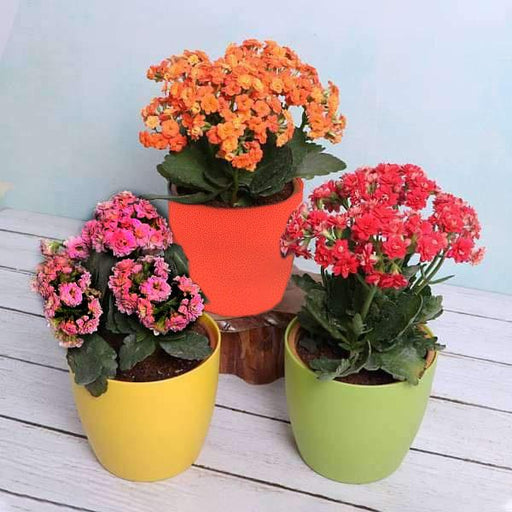
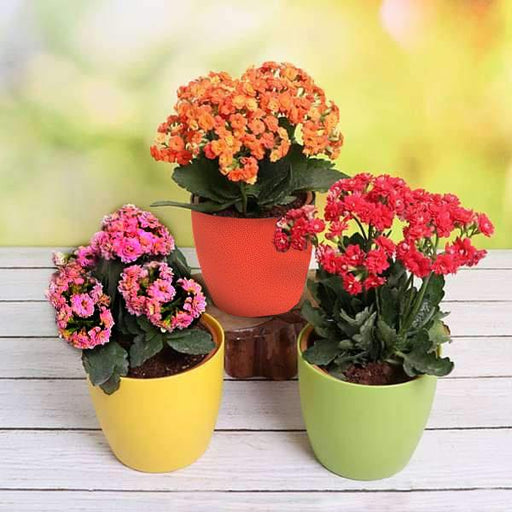 Save 10%
Save 10%
DescriptionThe Kalanchoes are thick leaved elegant flowering succulent houseplants. Make your home garden more vibrant and full of colors by bringi...
View full details Save 18%
Save 18%
DescriptionThis pack contains two 60 cm Spiral Stick Lucky Bamboo Plant + Glass vase + 250g white chip pebbels + 250g black chip pebbels.About Luc...
View full details

DescriptionIf the juvenile foliage along with a more compact plant is preferred, cut off all the climbing stems that develop, this will keep it bus...
View full details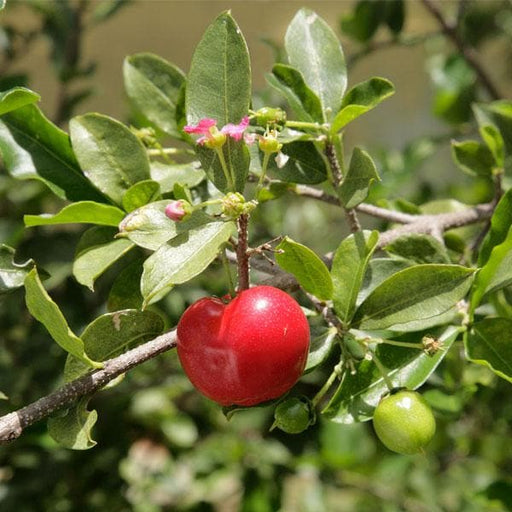 Save 15%
Save 15%
DescriptionGrowing Barbados Cherry is an easy way to add a tropical flair to your garden. When you know its important and how to care for Barbados ...
View full details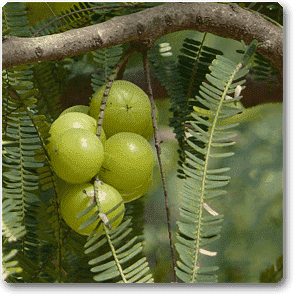 Save 17%
Save 17%
DescriptionImprove immunity of your all family member by growing a nutritious and vitamin rich an amazing Amla plant. Amla is a small to the medium...
View full details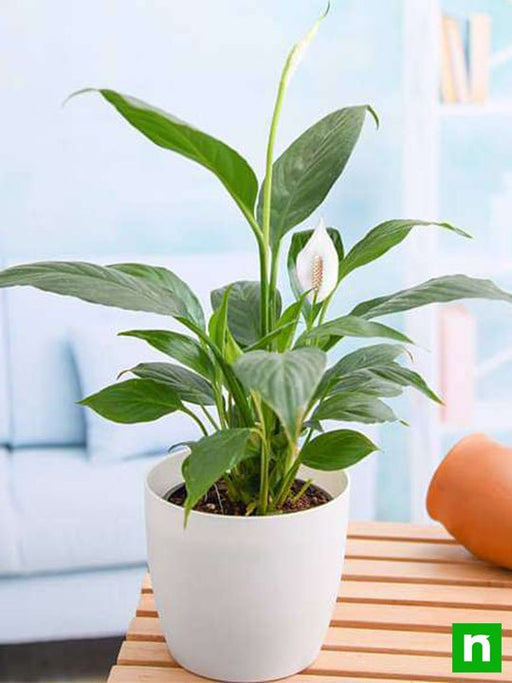
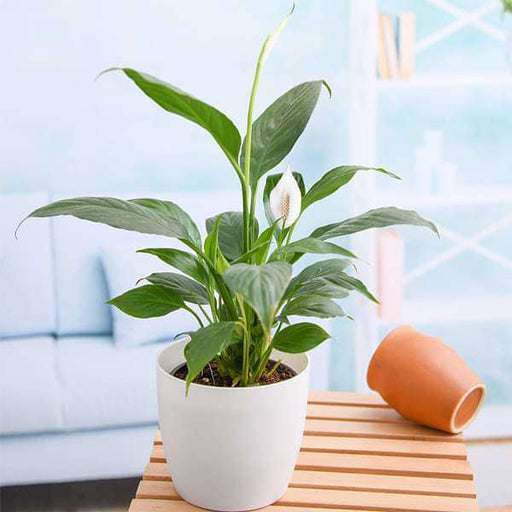 Save up to 15%
Save up to 15%
DescriptionPeace Lily Plant is a very popular and very rare indoor flowering houseplant. It is also an excellent air purifier plant.What makes it s...
View full details
 Save 20%
Save 20%
DescriptionFlowers make intimate connections they increase our connectivity with family and friends. Mogra plant is famously known as Jasmine flowe...
View full details
 Save 10%
Save 10%
DescriptionThe Kalanchoes are thick leaved elegant flowering succulent houseplants. Make your home garden more vibrant and full of colors by bringi...
View full details Save 45%
Save 45%
Description Pack of 4 succulents that are very easy to care for. A perfect pack to start growing plants worry-free. About You get 4 succulent plant...
View full details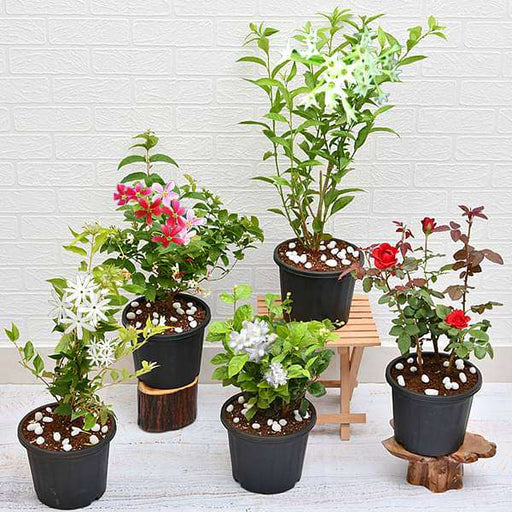 Save 12%
Save 12%
DescriptionAromatic plants bring into a room or house an often overlooked benefit. These plants have a pleasant scent.About You plant a hope when ...
View full details
 Save up to 50%
Save up to 50%
DescriptionIf you long for indoor greenery but have not succeeded with houseplants, consider these beautiful succulents. A perfect pack to start gr...
View full details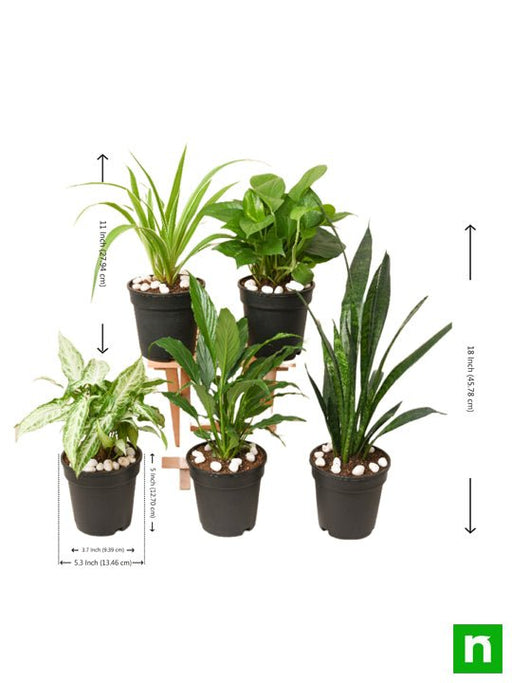
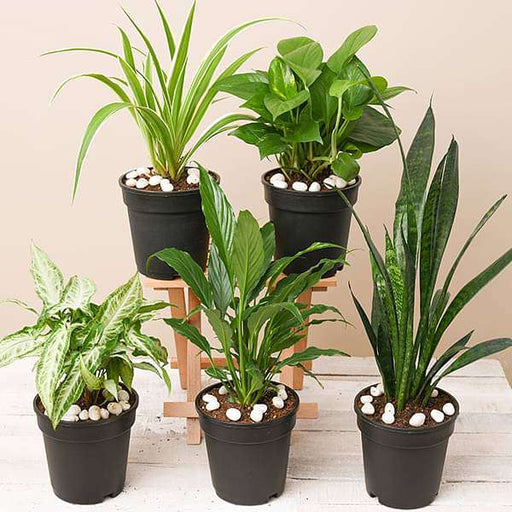 Save 21%
Save 21%
DescriptionThis plants pack contains amazing 5 houseplants + 5 Pots. Surround your home with these best pollution killer plants for a clean and hea...
View full details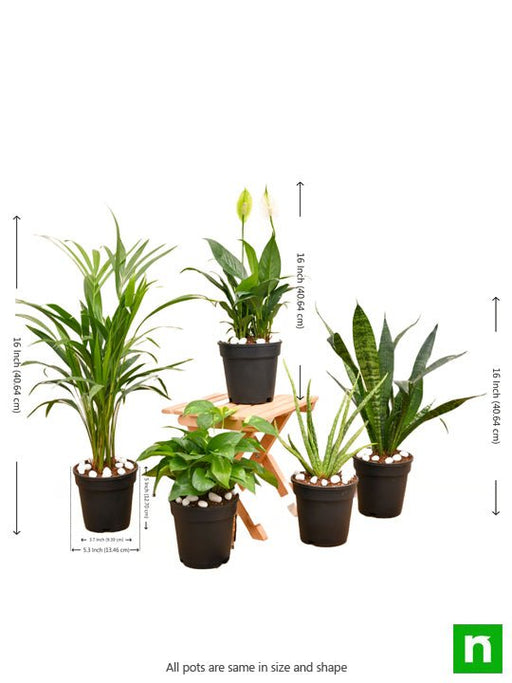
 Save 20%
Save 20%
DescriptionIf you or anyone from your family wants to breathe fresh air, cleaner air in their homes, this 5 plants pack purify the air around and r...
View full details
 Save 40%
Save 40%
DescriptionSet of 2 Bonsai Looking Grafted Adenium PlantsAbout You get 2 Bonsai looking hardy grafted Adenium plants in a single pack.Plants are k...
View full detailsFerns can be a great option to add greenery to your home and beauty. Apart from this, they can be beneficial for filtering out the toxins and may act as a bioindicator for an ecosystem's health. They can look pretty in any kind of home decor. You just need to fuel your imagination and results will amaze you.
Ferns belong to the group of vascular plants. They reproduce through spores and neither bear seeds nor flowers. Theoretically, these plants have around 10,560 known extant species.
Ferns are sporophytes and comprise leaves, stem, and root. Flexible to both tropical and temperate zones, they can grow in damp, shaded places or on soil and rocks. Contrarily, a few other varieties can grow with simple leaves having a single vein or compound leaves with several leaflets.
Ferns don't have any economic importance, yet have many uses. They act as great microhabitats by providing shelter and shade to small animals. Some species of fern can act as a biological fertilizer as they can help in nitrogen fixation.
Ferns can act as resistance to certain phytophagous insects. A few herbalists recommended that some species, assist in curing ulcers, rheumatism, intestinal infections, and other ailments. While a few other species are grown for ornamental or household purposes, the rest can reduce contaminations from the soil.
When considering ferns as a houseplant, they can give a tropical look to your room. They can prove as a beautiful and low-maintenance house plant. Just provide them with the right amounts of light and moisture; they can be an excellent addition to your houseplant collection.
At NurseryLive, you find an array of fern varieties. Moreover, you get a Grower Round Black Plastic Pot, which is around 13 cm (5 in). An ideal plant for gifting, you can grow it in a pot or a hanging basket.
Fern plants are a diverse group of plants that come in a variety of sizes, shapes, and colors. In this article, we will explore the different types of fern plants and their unique characteristics, including their growth habits and maintenance requirements.
Growing fern plants can be a rewarding and relatively easy task that can add beauty and interest to your garden. In this article, we will provide tips and advice on how to grow fern plants successfully, including soil preparation, watering, and fertilization.
Proper care and maintenance of fern plants can help them thrive and produce beautiful fronds. In this article, we will discuss the best practices for pruning, fertilizing, and pest control of fern plants.
Fern plants are susceptible to a variety of diseases, including fungal infections, root rot, and leaf spot. In this article, we will explore the common diseases that affect fern plants and provide tips on how to prevent and treat them.
Fern plants can be attacked by a variety of pests, including aphids, spider mites, and scale insects. In this article, we will discuss the common pests that affect fern plants and provide tips on how to prevent and control them.
Fern plants not only add beauty to your garden but also offer a range of benefits to the environment and to humans. In this article, we will explore the many benefits of fern plants, including their ability to purify air, prevent erosion, and provide habitat for wildlife.
Fern plants are a popular choice for landscaping due to their unique texture and ability to thrive in shady areas. In this article, we will provide advice on how to choose the right fern plants for your landscape and how to incorporate them into your overall design.
Fern plants are well-suited for shady areas and can add color and interest to your garden where other plants may struggle. In this article, we will explore the best fern plants for shade and provide tips on how to care for them.
Fern plants can be grown in containers to add interest and beauty to your porch or patio. In this article, we will explore the best fern plants for containers and provide advice on how to care for them.
Fern plants are a popular choice for hanging baskets due to their cascading fronds and unique texture. In this article, we will explore the best fern plants for hanging baskets and provide tips on how to care for them.
Fern plants are a popular choice for terrariums due to their ability to thrive in moist, humid conditions. In this article, we will explore the best fern plants for terrariums and provide advice on how to care for them.
Fern plants can add texture and interest to rock gardens due to their ability to thrive in crevices and between rocks. In this article, we will explore the best fern plants for rock gardens and provide advice on how to care for them.
Some fern plants are aquatic or semi-aquatic and can add beauty and interest to water gardens. In this article, we will explore the best fern plants for water gardens and provide advice on how to care for them.
Some fern plants are edible and can be incorporated into your edible landscaping
Fern plants can be used as a low-maintenance ground cover to prevent soil erosion and add visual interest to your landscape. In this article, we will explore the best fern plants for ground cover and provide advice on how to care for them.
Fern plants are known for their ability to purify the air by removing harmful toxins and pollutants. In this article, we will explore the best fern plants for air purification and provide tips on how to care for them.
Some fern plants have medicinal properties and are used in herbal remedies for various health conditions. In this article, we will explore the best fern plants for medicinal use and provide information on their health benefits.
Fern plants provide important habitat and food for a variety of wildlife, including birds and insects. In this article, we will explore the best fern plants for attracting wildlife to your garden and provide tips on how to create a wildlife-friendly landscape.
Fern plants can add beauty and interest to your indoor space and can thrive in low-light conditions. In this article, we will explore the best fern plants for indoor use and provide advice on how to care for them.
Fern plants are a popular choice for wedding decor due to their unique texture and ability to add a natural and romantic touch to any venue. In this article, we will explore the best fern plants for wedding decor and provide tips on how to incorporate them into your wedding design.
Ferns are a group of plants that do not produce flowers, but instead reproduce through spores. They are known for their lush foliage and can grow in a wide range of environments.
There are several fern plants that can be grown in India, such as Boston Fern, Maidenhair Fern, Staghorn Fern, Bird's Nest Fern, and Asparagus Fern.
Ferns should be planted in a location that receives partial shade to full shade, and the soil should be moist and well-draining. Dig a hole twice as wide as the root ball, place the plant in the hole, backfill with soil, and water thoroughly.
Ferns prefer soil that is rich in organic matter and well-draining, with a pH level of 5.5 to 7.
Ferns require regular watering to keep the soil moist. However, be careful not to overwater, as this can lead to root rot.
Ferns should be fertilized in the spring and summer, using a balanced fertilizer specifically formulated for ferns.
Ferns require minimal pruning, but if necessary, prune during the winter months to shape the plant and remove any dead or diseased fronds.
Yes, ferns can grow in containers. However, make sure the container is large enough for the plant to grow, and use a well-draining potting mix.
Ferns can be propagated by spores, division, or tissue culture. However, propagation by spores is the most common method.
Ferns are generally resistant to pests and diseases. However, some common pests include spider mites and mealybugs.
Ferns prefer sheltered locations, as strong winds can damage the fronds.
Ferns can live for several years to even decades, depending on the species and growing conditions.
Ferns prefer moderate temperatures and may not tolerate extreme heat or cold.
Mulch around the base of the plant and cover the plant with a frost cloth to protect it from cold temperatures.
Brown fronds on ferns may be a sign of overwatering or underwatering. Adjust the watering schedule accordingly to resolve the issue.
Yes, ferns can be grown indoors in bright, indirect light. However, make sure to keep the soil moist and provide adequate humidity.
Transplant ferns during the spring or fall, when the plant is dormant. Dig a hole twice as wide as the root ball, carefully remove the plant from its container, place it in the hole, backfill with soil, and water thoroughly.
Provide adequate light and moisture to prevent ferns from becoming too leggy. Prune any excess growth to maintain the plant's shape and encourage new growth.
Yes, ferns are often used for landscaping due to their lush foliage and low maintenance requirements.
Consider the size, shape, and growth habit of the fern plant, as well as the climate and soil conditions in your area.
Water ferns regularly during the summer months, and provide some shade if necessary to prevent the plant from drying out.
Yes, some ferns can be grown in coastal areas, but they may require additional protection from salt spray and wind.
Provide adequate moisture by watering regularly and maintaining a humid environment around the plant.
Yes, ferns can be used as ground cover to provide a lush, green look to the garden.
Use a physical barrier or repellent spray to protect ferns from animal damage, such as deer or rabbits.
Yes, some ferns are suitable for hanging baskets, such as Boston Fern and Maidenhair Fern.
Water ferns regularly during the winter months, and protect them from extreme temperatures and wind.
Yes, ferns are often used in terrariums due to their small size and low maintenance requirements.
A healthy fern plant should have vibrant green fronds, and the leaves should be plump and not dry or brittle. The plant should also have a strong root system and be free of any pests or diseases.
Yellowing fronds on fern plants may be a sign of nutrient deficiency or water stress. Fertilize the plant and water regularly to resolve the issue.